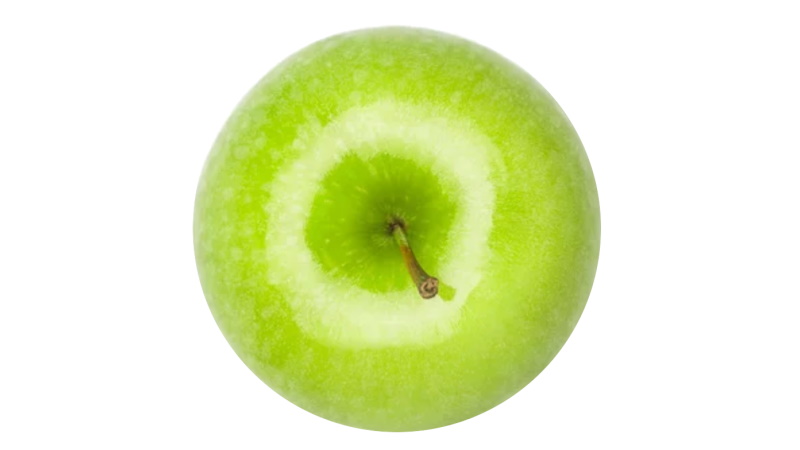Tips To Help You Manage Postharvest Ripening
 During the ripening process, fruit develops desirable eating qualities, including enhanced sweetness, soft and juicy texture, and unique flavor characteristics.
During the ripening process, fruit develops desirable eating qualities, including enhanced sweetness, soft and juicy texture, and unique flavor characteristics.
These ripe characteristics make the fruit more desirable to seed dispersers of all types, including animals, birds, and humans. Some fruit must ripen fully on the plant to develop optimum flavor quality. This includes strawberries, sweet cherries, melons, raspberries, oranges, and peaches, to name a few.
Other fruit are harvested mature and ripened after harvest. The term mature means that the fruit have attained a stage at which they can be harvested and ripened to good quality after harvest.
Most of these fruit contain starch reserves at the time of harvest that are converted to sugars after harvest, and therefore the quality of the fruit improves after harvest. This category includes apples, European pears, bananas, kiwifruits, and mangoes.
Getting Fruit Ready To Eat In The Market
Today’s consumer prefers to purchase fruit that are ready to eat. To satisfy this demand, many fruit are ripened partially before retail display. Bananas are the fruit most commonly ripened for retail display, and many years of research and commercial practice has led to the specific protocols that are used by banana ripeners today. Tomatoes (those harvested mature green) and avocados are also frequently ripened after harvest, and pear, kiwifruit, and mango ripening is becoming increasingly common.
There are a number of important factors to consider when ripening fruit to achieve uniform, high-quality ripened products. The most important is the temperature of the product.
Warmer temperatures lead to faster rates of ripening and cooler temperatures slow ripening. However, if the temperature is too high it can impair the flavor quality of the fruit or inhibit full ripening in some cases.
Ripening is best achieved at temperatures between 55°F and 77°F; however, bananas are ripened at lower temperatures (58°F to 65°F). To achieve uniform temperatures within the ripening fruit and therefore ripeness uniformity among the fruit, effective airflow through the packages is required. This is important to bring the fruit to ripening temperatures, manage the temperature during ripening, and, in some cases, cool the fruit after ripening to slow further ripening.
Use of a forced-air system (sometimes called pressure ripening) designed to force room air through the boxes is preferred. Adequate ventilation of the packaging material is critical for airflow. Use of liners and bags will inhibit airflow. When forced-air systems are not available for ripening, boxes can be stagger-stacked on pallets to enhance air exchange for temperature management.
Use Of Ethylene Gas
In addition to uniform temperatures, the ripening of some fruit, such as bananas and green tomatoes, requires the addition of ethylene gas. For other fruit, ripening is faster or more uniform if ethylene gas is added during the ripening process.
Ethylene can be applied using compressed gas cylinders containing diluted ethylene gas or with specialized ethylene generators that release a preset amount of ethylene continually. Ethylene concentrations of 100 parts per million are more than sufficient to stimulate ripening.
Care should be taken to avoid accumulating excessive concentrations of ethylene. When ripening rooms are vented, avoid contamination of produce storage areas, as ethylene has negative impacts on green vegetables and some fruit.
Monitor For Carbon Dioxide
Another gas that must be monitored during fruit ripening is carbon dioxide. If carbon dioxide concentrations are allowed to accumulate higher than 0.5%, this can slow the rate of ripening.
To avoid carbon dioxide accumulation, ripening rooms should, at minimum, be ventilated once every 24 hours. Products with high respiration rates, like bananas and avocados, require about two air exchanges per hour in a typical ripening room filled with fruit. This should be done even while ethylene is being applied, being careful to vent the ethylene to the outside and not the warehouse.
Finally, care should be taken to maintain high relative humidity in the ripening room. At warm ripening temperatures, the rate of water loss from the fruit can be very high if 85% to 95% relative humidity is not maintained.
For more information about ripening of fruit, refer to the Fruit Ripening & Retail Handling Manual produced by the Postharvest Technology Center at Postharvest.UCDavis.edu/bookstore.










